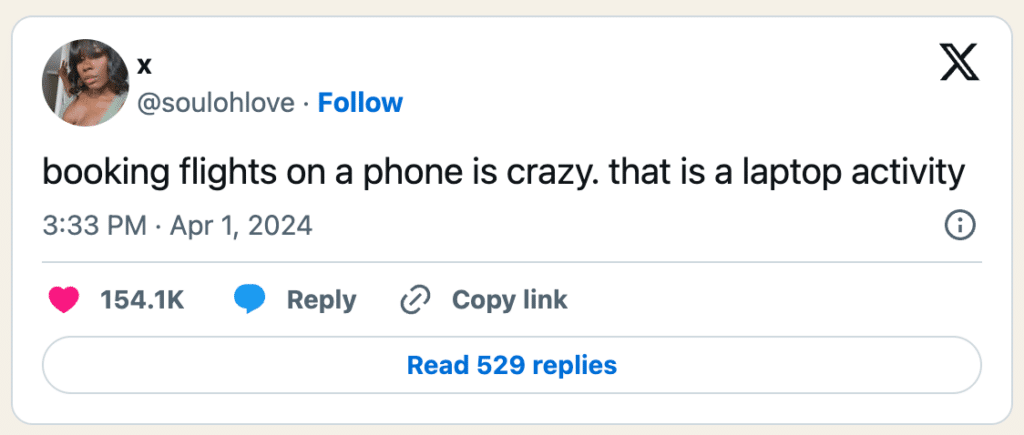With most things related to business, a “yes” is what you’re really going after but a “no” isn’t bad either. Better to hear “no” today than to waste weeks before getting to the same result. This why we’re happy to send business to our competition if it makes sense, as it becomes a win for everyone.
The same is true in marketing. Tricking people into viewing your content isn’t going to do any good for you; you’ll get more generic traffic, but it won’t lead to sales. Why not be up front about what you’re offering?
In David Oglivy’s book “Confessions of an Advertising Man“, he pulled some great thoughts from Barbara Minto’s “The Pyramid Principle” when it comes to headlines. Those thoughts, in part:
Whether you’re crafting an ad or any other kind of writing, summing up your conclusion at the beginning allows readers to immediately understand what you’re trying to say. Minto contends that if you fail to do this, readers will struggle to identify your conclusion as they read—a slow, mentally taxing process. This flawed structure makes your ideas and arguments seem weaker than they are.
Ogilvy emphasizes that a preview-headline can lure readers into the rest of the ad, but Minto contends that a preview can also be valuable for its potential to push away those who don’t need to read it. In other words, previewing your argument allows readers to decide whether they want to keep reading.
For this reason, Minto argues that writing previews is a courtesy.
As you saw, there are two main purposes behind Minto’s idea:
First, you want to help interested users understand your content. It’s similar to the idea of reading a table of contents before diving into a book, so that you can appreciate what’s coming your way.
The second is to provide that courtesy to users that might not have an interest in what you’re offering. Don’t try to trick them to read more; let them go on their way, and you can dig in deep with those that are truly interested in what you have to offer.
